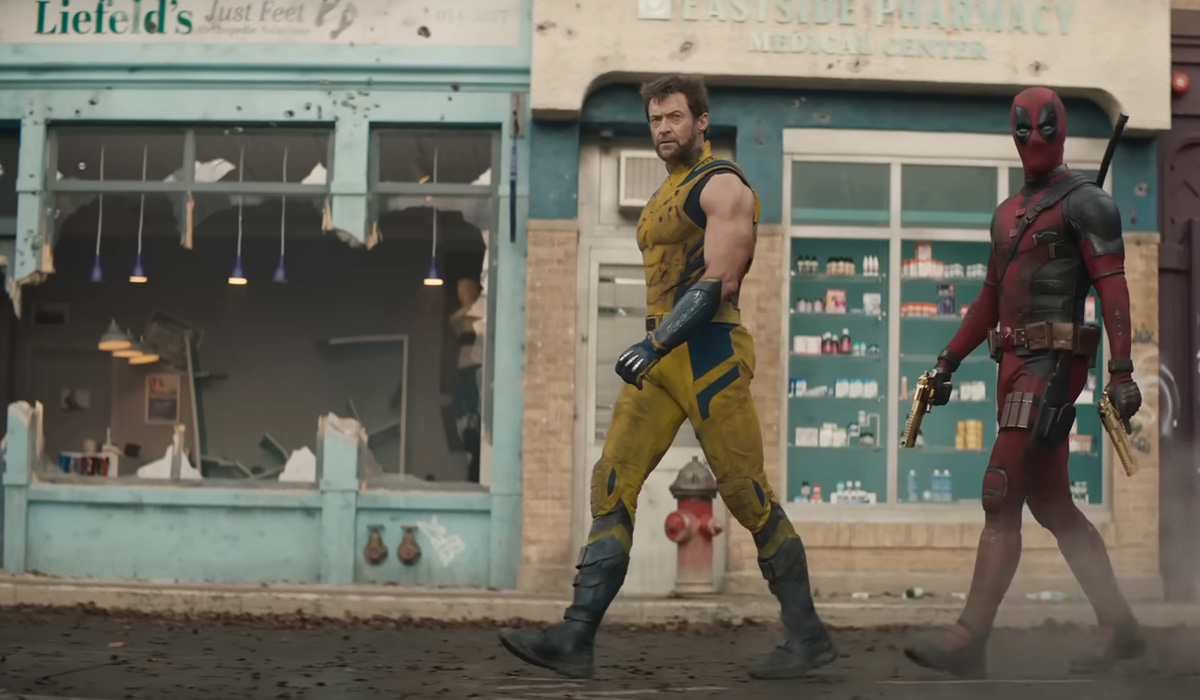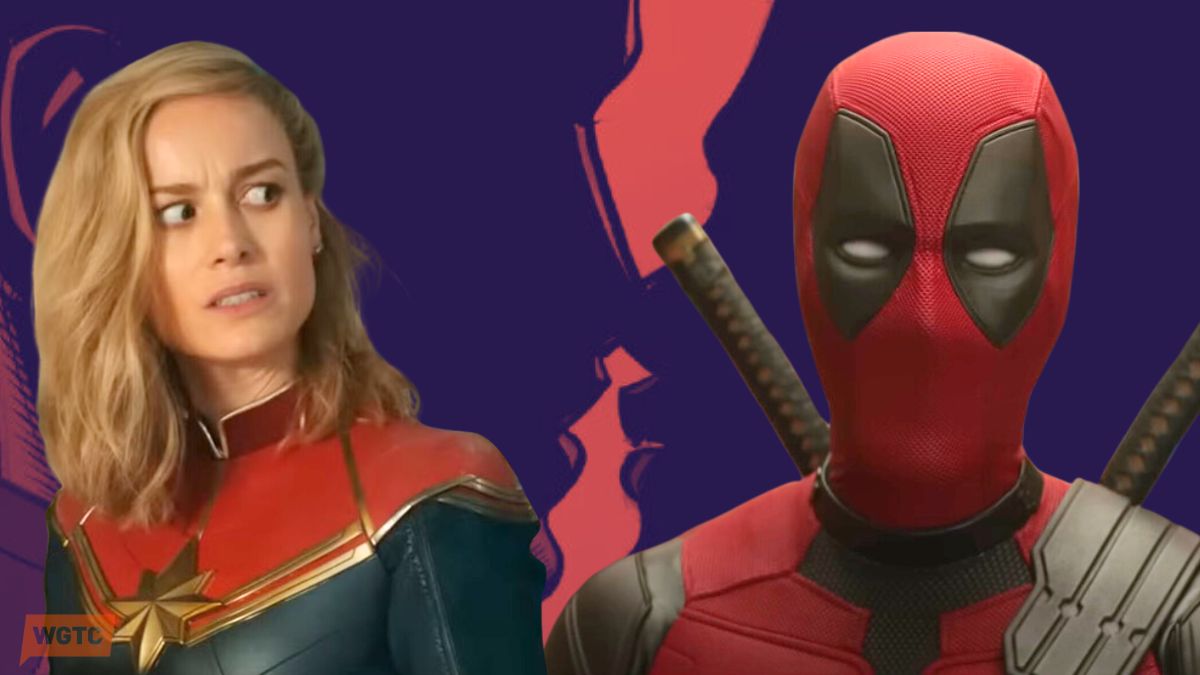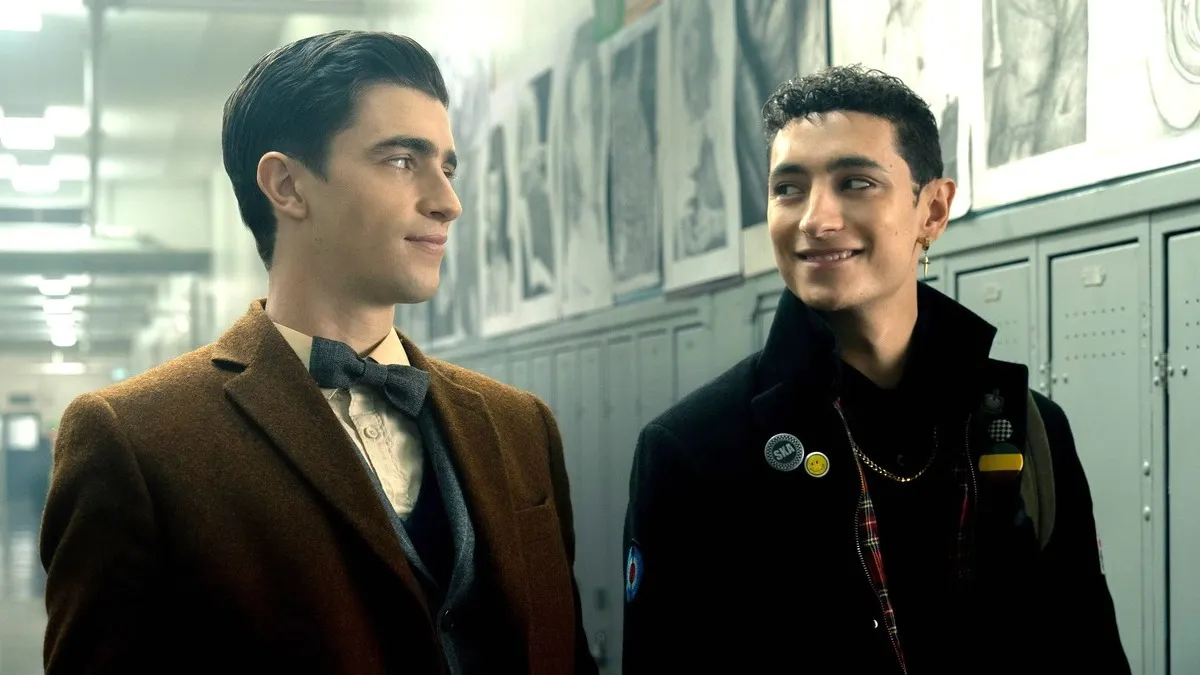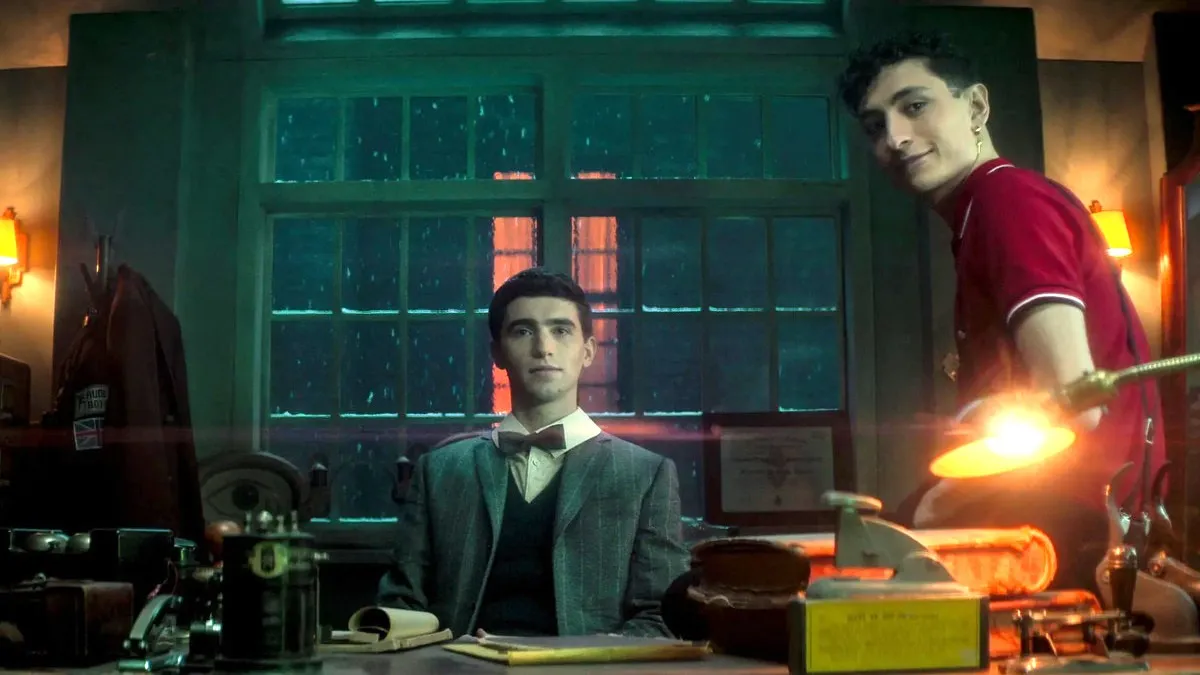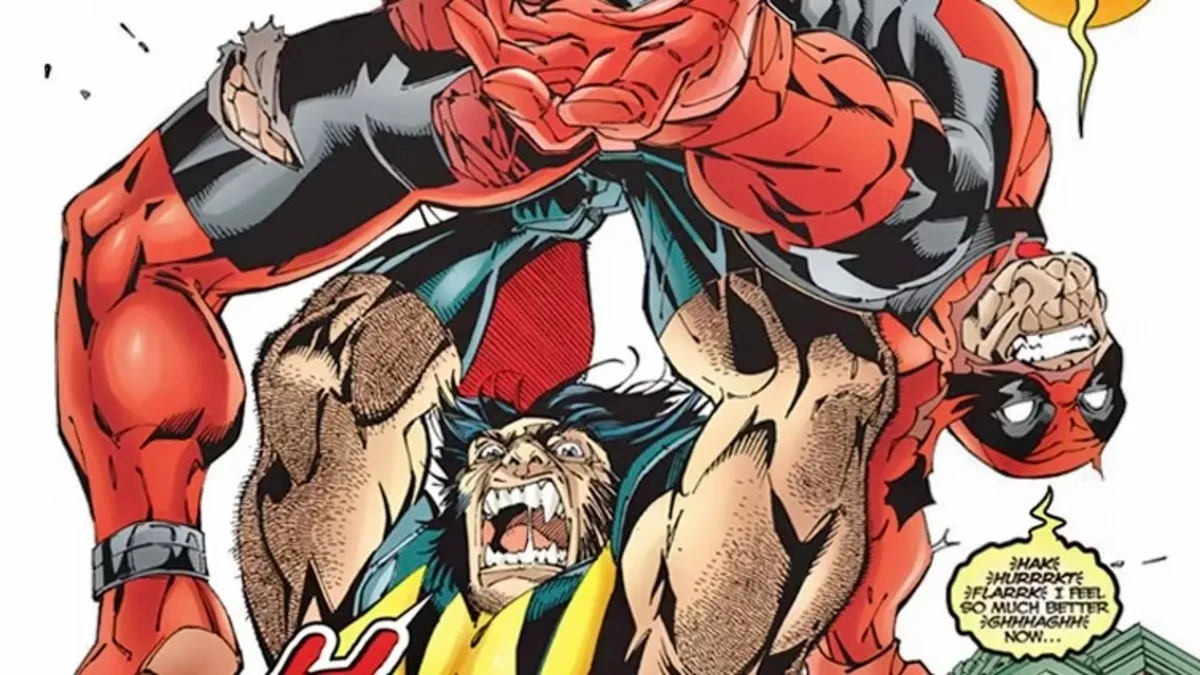
With a new arc starting in The Flash, it’s time to look at one of my favorite parts of the comics: The Rogues. The capitalization there is important, because it’s not just any old rogues gallery, it’s the definitive article. The Rogues have had an amazing history with Flash, typically as enemies, occasionally as allies, but always with an underlying respect for one another. As such, the connections the characters share and the way they work with or against each other is a great dynamic for comics to explore. This comic attempts to do just that, but so far, is finding itself at a loss for any major conflict to initiate it.
Instead, with all the crimes and problems the Flash currently has to take care of, he’s preoccupied with trying to track them down, just in case they’re up to something. That’s not to say there’s anything inherently wrong with heroes being proactive at times, rather than entirely reactive (as long as it’s written well), but the reasoning is just a bit flimsy. Flash seems to want to keep tabs on them on the chance they’re plotting something (which is admittedly a likelihood given the group), and prioritizes it so much that the other villains actively attacking are more of an annoyance. In fact, there’s even a moment where he says, “The Rogues were pardoned by Central City,” in their defense before going right back to tracking them down.
Setting that aside, though, the comic does show that the behavior of The Rogues has not gone unnoticed, from D-list villains laughing at them for presumably going soft to the Iron Heights warden questioning Flash’s motives. Even Iris notes how they have a history in Central City, gaining something of a criminal-celebrity status for many.
But Flash’s investigation shows us more sides to the city, its people, and the impact The Rogues have had on it. It touches on previous characters, delves into the occasional backstory, and even introduces a support group for their victims. One of the aforementioned victims is shown with half his face burnt off, talking about Heat Wave smiling through the flames, in a brief but powerful moment.
Of course, Flash’s suspicions do appear to be justified, as he finds a hidden lair filled with blueprints, traps and other evidence of potential wrongdoing. Yet, that in turn is a distraction, to make Flash think they’re planning one evil scheme to keep him occupied while they pull off a completely different one.
Let’s think about that for a second: The Rogues set a decoy plot to distract the Flash. That’s all well and good, but of course, that plot hinges on Flash looking for them even when they haven’t done anything, after which they’d wait in their lair until he approaches, then leave in a hurry, wait for Flash to trigger the trap that blows up the base, and assuming the trap doesn’t kill him (which it didn’t), that would buy them an hour of Flash chasing down their red herring to do whatever it is they’re going to spend the next issue doing.
It works, sure, but I’m just imagining them spending a week in the base, playing cards and going, “think he’s going to show up today? It’s been two weeks, surely he must think we’re up to something.” “I hear he tried shaking down our tailor, maybe he’ll find us soon?”
The Flash #14 features illustrations by Carmine Di Giandomenico and coloring by Ivan Plascencia. Overall it’s just fine, but there are some powerful moments, such as the aforementioned burn victim, the designs of the second-rate villains Flash fights, and the scenes showing Flash searching through the hidden Rogues lair.
The action, meanwhile, is very well done, making great use of the lightning effects and keeping the combat smooth but impressive. There’s a particularly great scene where Flash is escaping the blair in the midst of its self-destruct countdown. One moment we see him standing and looking at the timer, the next it’s one second later and all that remains of him is an electric outline of where he was standing a second ago.
Still, there are moments where the character designs feel a little jagged, particularly when they’re in less detail; those moments where any folds or curves instead become pointed edges. They’re few and far-between, but they do stand out when they happen.
Overall, while I do have some minor complaints about this issue of The Flash, it does a fine job in many aspects. It re-establishes The Rogues, gives us a little look into the characters and their impact on the city, and kicks off a new storyline. It may not be perfect, but it’s a good place for new readers to jump in and see where it takes them.








